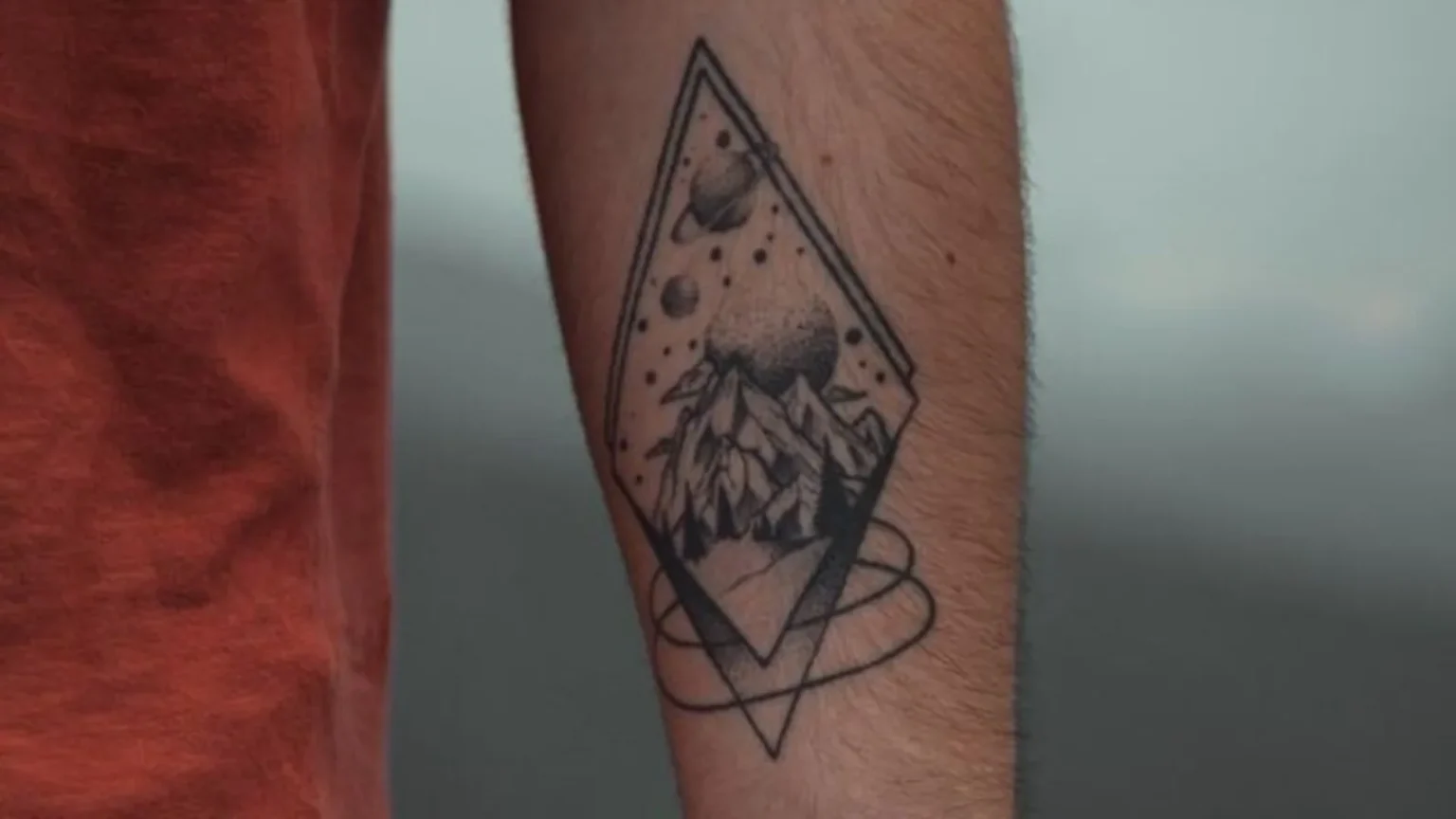Source: Washington Post
In recent years, tattoos have transcended their traditional association with rebellion and counterculture to become mainstream symbols of self-expression. Beyond the aesthetic appeal, tattoos can significantly alter skin texture, a phenomenon that has intrigued both tattoo enthusiasts and dermatologists alike. Delving into the intricacies of this transformative process sheds light on the physiological and cosmetic implications of body art.
The intricate designs etched into the skin during tattooing leave a lasting impression, both visually and textually. While the pigments injected into the dermis create the colorful motifs, they also disrupt the natural architecture of the skin. The needle penetrates through the epidermis, the outer layer of the skin, into the dermis, where the ink is deposited. This penetration causes trauma to the skin, triggering the body’s natural wound healing response.
As the skin heals, collagen fibers form around the ink particles, encapsulating them and anchoring them within the dermis. This process helps to stabilize the tattoo pigment and prevent it from migrating throughout the body. However, the newly formed collagen network alters the texture of the skin, creating a slightly raised or textured appearance over the tattooed area. This effect is more pronounced in areas with thicker skin, such as the back or upper arms, compared to areas with thinner skin, like the wrist or ankle.
Additionally, the size and complexity of the tattoo can influence the extent of textural changes. Intricate designs with fine lines and intricate shading may result in a more pronounced texture compared to simpler, bolder designs. Moreover, the depth of the tattoo ink plays a crucial role in determining the final texture, with deeper tattoos often exhibiting more prominent textural changes.
While some individuals may embrace the textural transformation as part of the tattooing experience, others may find it undesirable. The raised texture of a tattoo can make it more susceptible to irritation and itching, particularly during the healing process. Furthermore, individuals with keloid-prone skin may experience excessive scarring and raised textures around their tattoos, leading to discomfort and dissatisfaction with the outcome.
In recent years, advances in tattooing techniques and technology have aimed to minimize the textural impact of tattoos on the skin. Fine-line tattoos, for example, use thinner needles and lighter pigments to create delicate designs with minimal disruption to the skin’s texture. Similarly, watercolor tattoos employ softer shading techniques to achieve a more subtle, blended appearance that reduces the raised texture associated with traditional tattooing methods.
Moreover, the rise of cosmetic tattooing, or “microblading,” has introduced new approaches to tattooing that focus on enhancing natural features with minimal textural changes. Techniques such as microblading eyebrows or lip blush tattoos aim to create realistic, hair-like strokes or soft, natural-looking lip color without significantly altering the texture of the skin.
Despite these advancements, it is essential for individuals considering tattoos to understand the potential textural changes and their implications. Proper aftercare, including keeping the tattooed area clean and moisturized, can help minimize irritation and promote optimal healing, potentially reducing the extent of textural changes. Additionally, consulting with a reputable tattoo artist who prioritizes technique and precision can help ensure a satisfactory outcome with minimal textural impact.
In conclusion, tattoos have the power to transform not only the appearance but also the texture of the skin. The intricate process of tattooing disrupts the skin’s natural architecture, leading to raised textures that vary in prominence depending on factors such as design complexity and ink depth. While advances in tattooing techniques offer ways to mitigate textural changes, understanding the implications of tattoos on skin texture is crucial for individuals seeking to express themselves through body art.
